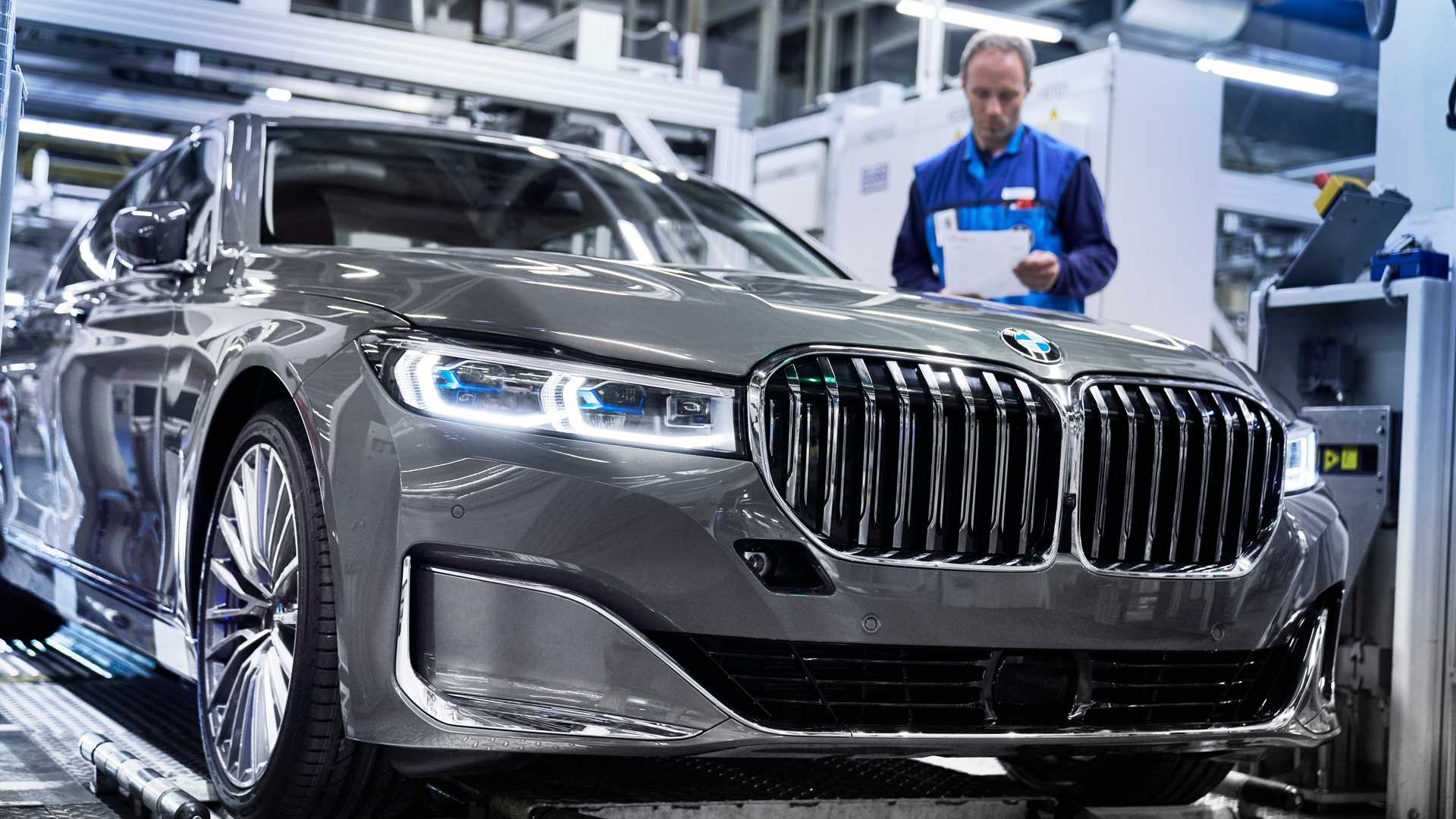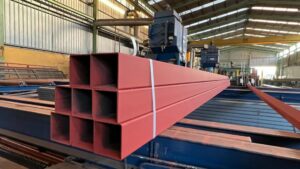
European steelmakers’ association Eurofer has revised up its EU automotive sector output forecast for 2020 to a -20.6% on-year decline, compared to -26% in the previous forecast. This, however, remains the most severe drop on record. Output should rebound 18.1% in 2021.
EU automotive output fell on-year for the seventh consecutive quarter in Q2, by -44%, after falling -14.5% in Q1. It was hit by a combination of already weakening demand for new passenger cars in Europe and in key export markets such as the US, China and Turkey, uncertainty around WLTP and model changes, and the outbreak of the Covid-19 pandemic.
Some production sites re-opened already in late April, and gradually the sector returned to almost normal activity around mid-June all over the EU, leading to new orders and a restart in output, albeit at low levels. Disruption in the supply chain due to lockdowns and blockages in transport across EU countries have made it very difficult to ensure the supply of materials and components to the industry, Eurofer says in a report monitored by Kallanish.
“Assuming that from the third quarter onwards normal business conditions return, it will take time before new orders translate into new deliveries due to persistent transport and supply chain issues, which will remain in place for some time,” Eurofer comments. “In addition, demand for new cars from consumers is expected to remain very weak at least until the macroeconomic picture and consumer disposable income improve. This is another source of uncertainty.”
“In 2021, provided that the industry has been able to restore its production to normal levels, and with WLTP distortions having faded out by then, the launch of new models – many of them electric vehicles – could be a supportive factor, combined with some improvement in real wages and labour market dynamics on the demand side,” the association continues. “However, subdued car demand from major markets such as the US, China and Turkey will remain a challenge for EU car exporters.”






